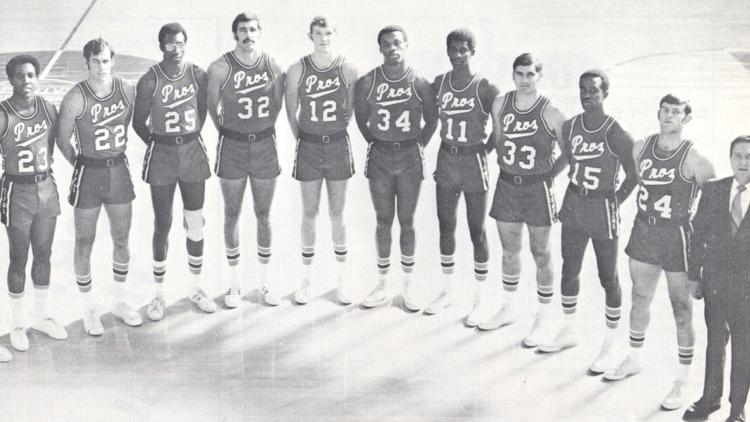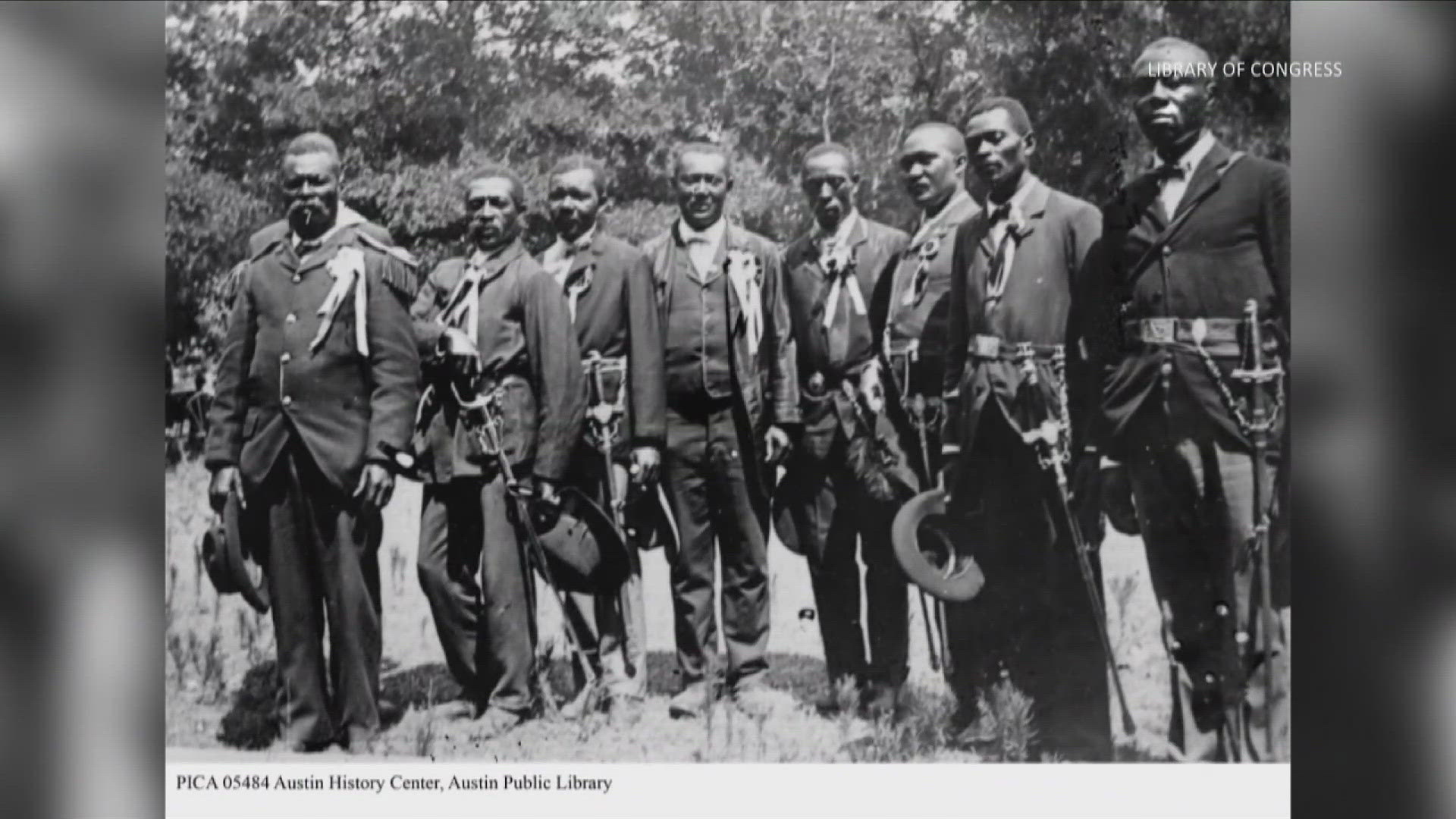MEMPHIS, Tenn. — Since July 2001, professional basketball has been a staple in Memphis, and since the Grizzlies trekked down from Vancouver, fans have been taken on a roller coaster.
The Grizzlies have reached the heights of a conference finals appearance and the lows of not making the playoffs for 3 seasons straight. Now Memphis is in a new era of basketball—the Ja Morant era. The young Grizzlies roster is a highlight reel machine and its motor is Morant.
It’s times like these, when the future looks so bright, that we forget to be grateful for what we have—a franchise that has survived and thrived for decades now in a city that loves basketball.
But long before Memphis gained its new star, before the Grizzlies moved into FedExForum and even before they moved from Vancouver into the Pyramid, Memphis had a strange start to professional basketball.
THE AMERICAN BASKETBALL ASSOCIATION
The American Basketball Association (ABA) was established in 1967 as a challenge to the National Basketball Association.
The ABA offered a flashier game for fans. It's 30-second shot clock gave players more time to work the floor than the NBA's 24-second clock .
One of the noticeable differences for the ABA was the ball they played with. Rather than the classic, orange ball the NBA used, the ABA chose a red, white and blue-sectioned ball, which was featured prominently in their logo.

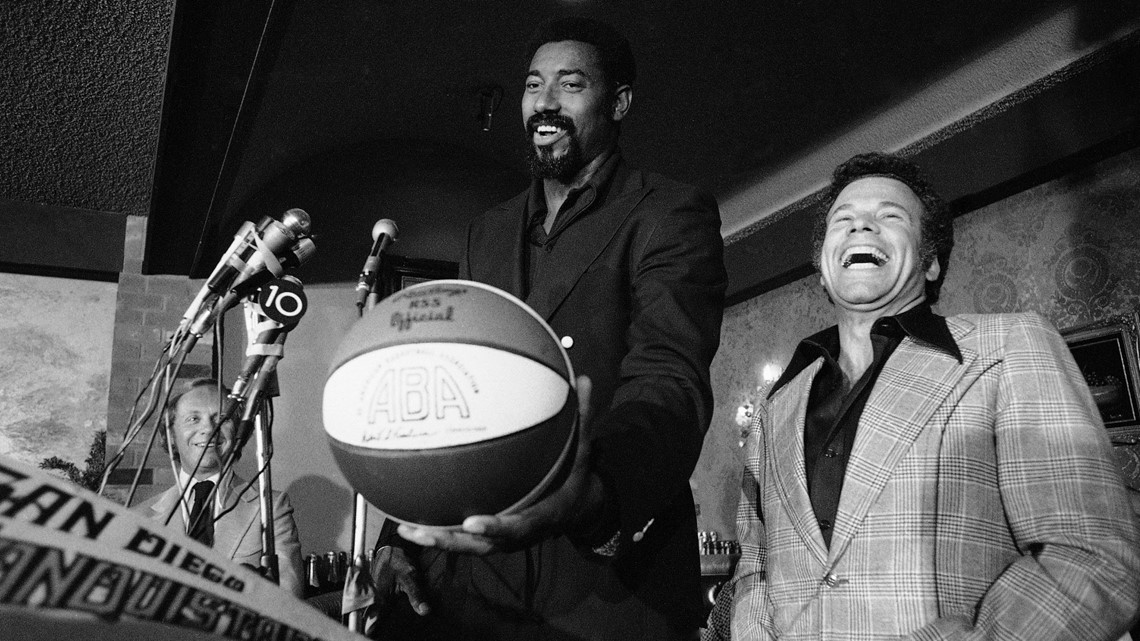
The ABA offered players, referees and coaches higher salaries than the NBA, looking to lure NBA talent away, and it worked. That competitive pay was enough to attract superstar athletes like Wilt Chamberlain and Julius "Dr. J" Erving to the league.
NEW ORLEANS BUCCANEERS
Down the Mississippi River in New Orleans, Louisiana, the ABA's founding investors were crafting their own franchise. They formed the New Orleans Buccaneers in 1967 as a charter member of the league.

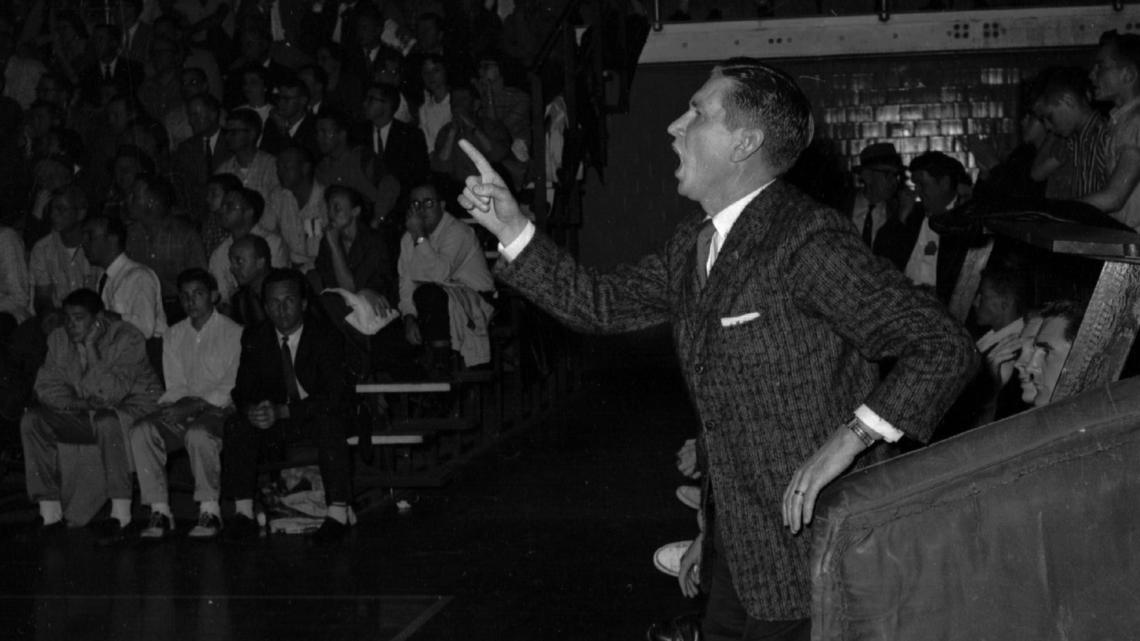
Babe McCarthy, Mississippi State's former head coach and three-time SEC Coach of the Year, coached the Buccaneers.
McCarthy was famous for leading an integrated Mississippi State team to the Sweet Sixteen. Mississippi lawmakers had barred McCarthy from taking the Bulldogs to postseason play since Black players were on the roster.
Under McCarthy, the Buccaneers saw immediate success.
This roster featured former Memphis Tigers assistant coach, Larry Brown back in his playing days. Brown led the league in assists in the inaugural 1967-68 season and was the ABA All Star Game MVP.

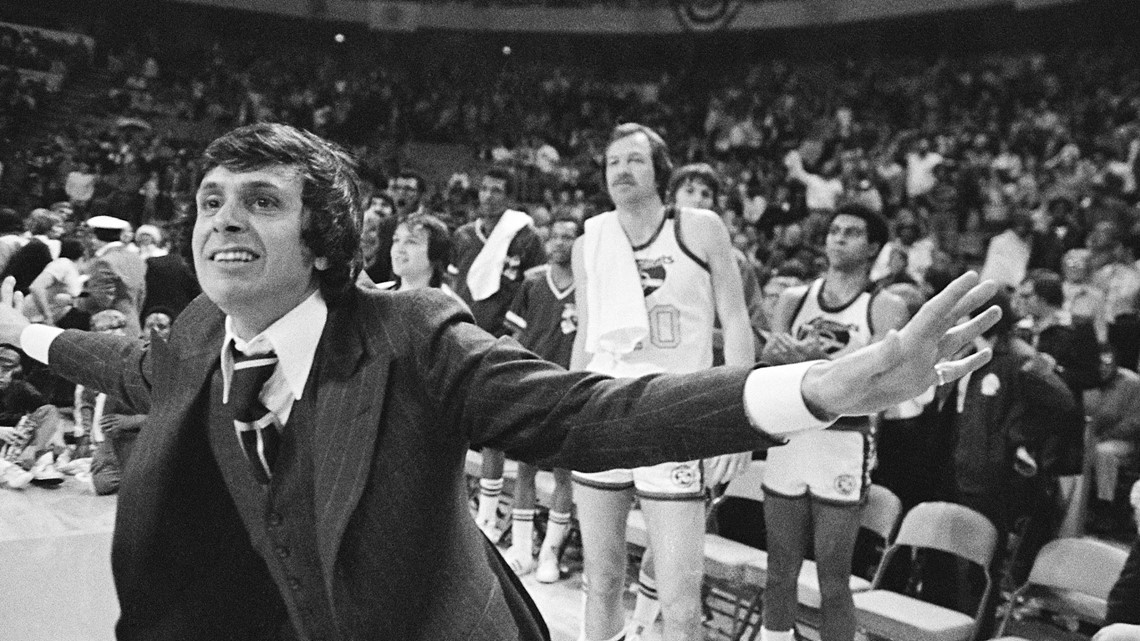
Brown later had a successful coaching career with the Denver Nuggets while they were in the ABA.
In their first season, the Buccaneers made it to the ABA Finals, where they would lose to the Pittsburgh Pipers.
MEMPHIS PROS
In August of 1970, P.W. Blake, a Mississippi businessman, bought the Buccaneers.
In just 10 days, Blake moved the Bucs up to Memphis and immediately changed the name to the Memphis Pros—since changing ‘Bucs’ to ‘Pros’ on the jerseys was a cheap fix.

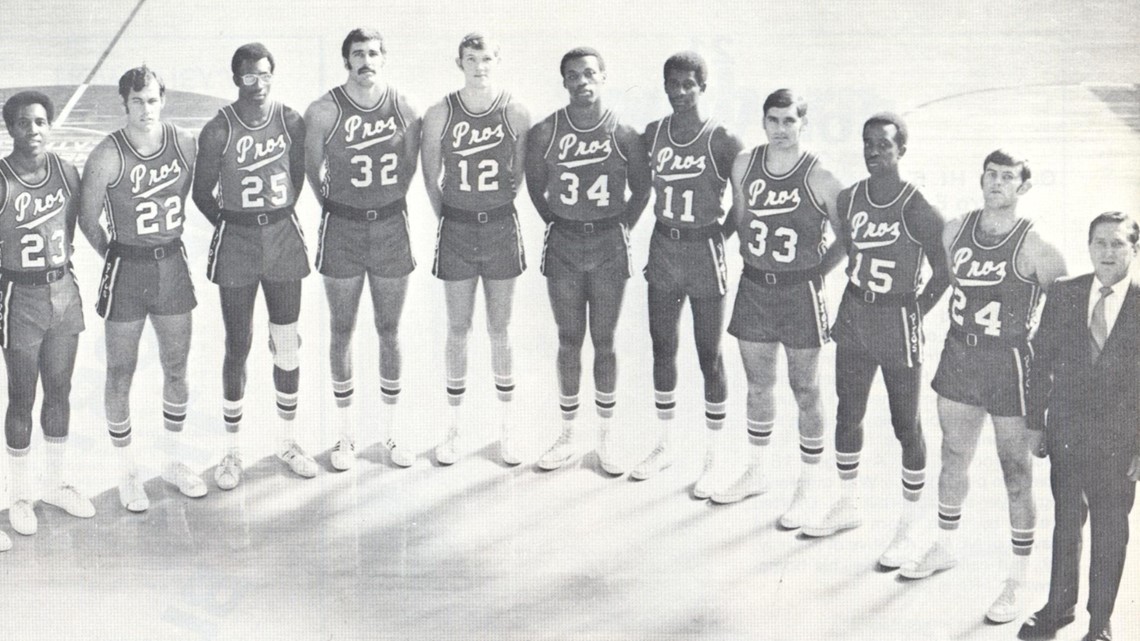
The team was immediately in a bind. The Pros were supposed to play their home games in the Mid-South Coliseum, but the arena was booked for the whole season.
They played one game in the Coliseum; the rest of their home season was spent in various gyms across the Mid-South.


Just four months after buying the team, P.W. Blake abandoned the franchise, taking $200,000 in losses. The ABA scrambled for anyone to buy the team, but nobody would take on the struggling franchise.
In true Memphis fashion, the city banded together. 4,600 Tennesseans came together to buy the team, each investing in shares ranging from $5 to $50.
An elected 24-person board oversaw all team operations.


Under the new ownership, the team was able to play their home games in the Memphis Coliseum.
The Pros also were host to the Boston Celtics in a preseason game on October 6, 1971. This marked the last time an NBA team would play in Memphis until the Grizzlies came to town in 2001. The Pros lost 115 to 94.
The rest of the Pros' season went just as poorly. They finished with 26 wins and 58 losses.
Despite the poor performance, fans loved the team. An average of 3,199 fans packed into the Coliseum to watch Pros home games.
MEMPHIS TAMS

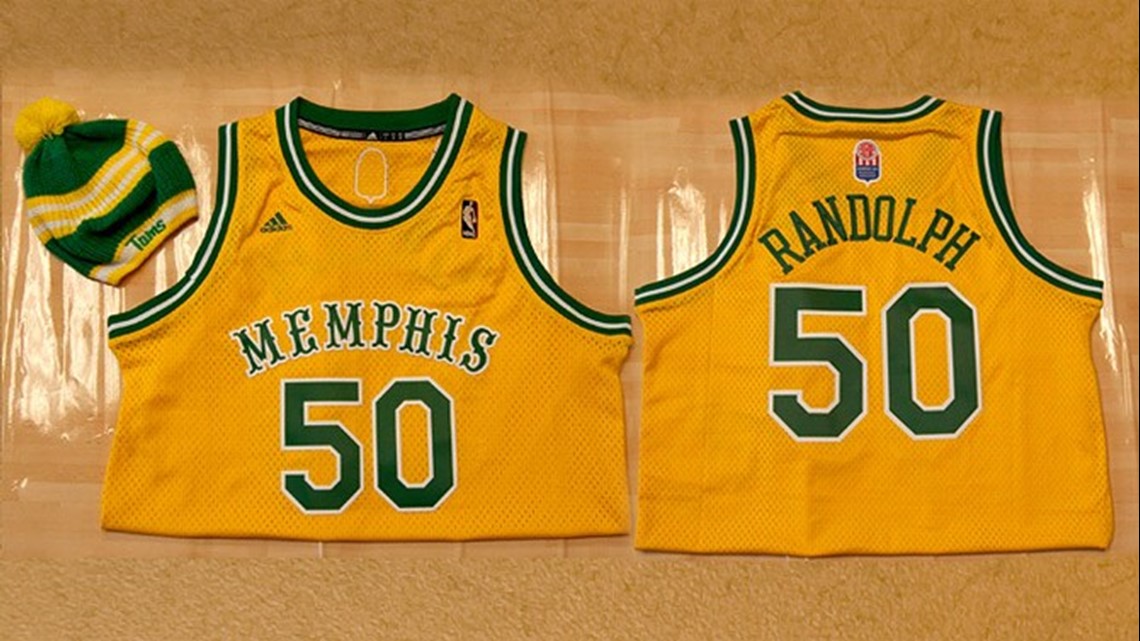
No, Zach Randolph never played in the ABA, but he did play in the ABA jersey of the Memphis Tams—along with the other Grizzlies players. They are often touted as the ugliest jerseys the Grizzlies have ever worn.
The team was paying homage to the Memphis Tams, the second iteration of ABA basketball in Memphis.
That distinct green and gold—you may have seen it elsewhere in pro sports. In NHL history, it belonged to the California Golden Seals, a long-defunct, Oakland-based hockey team.
You can still see the color scheme in the MLB with the Oakland A’s. That’s because these teams shared a mutual owner—Charles O. Finley.

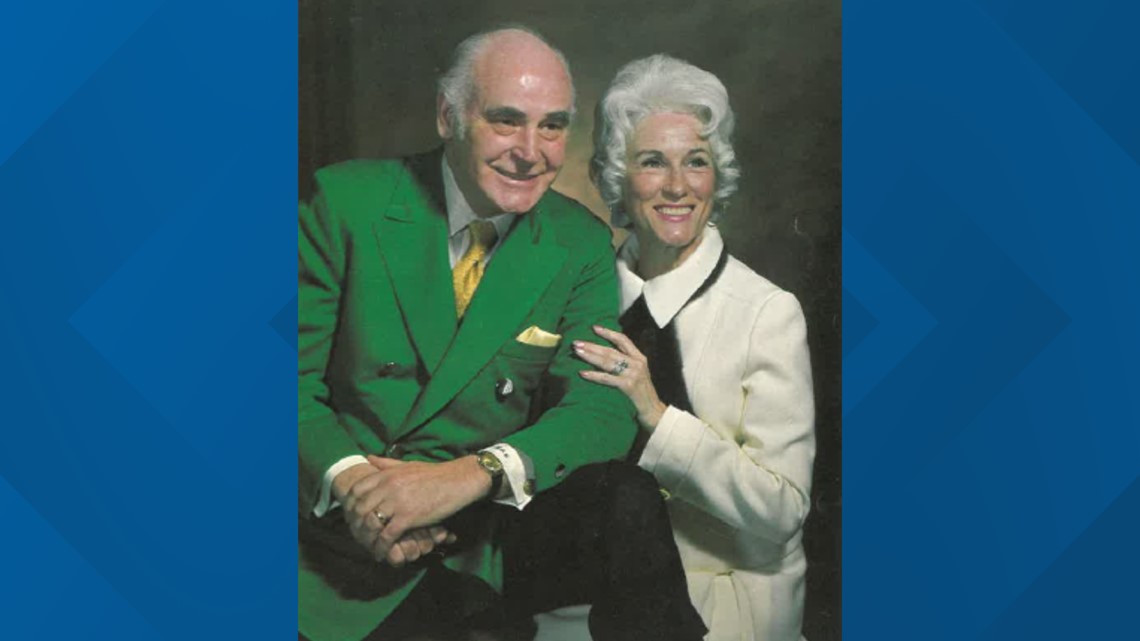
Finley bought the Memphis Pros franchise—and its debts—in 1972.
The team needed a new name, so they put it up to fans in a contest.
Tams, an acronym for Tennessee, Arkansas and Mississippi, won out. The team’s logo was a tam o’shanter hat, a Scottish bonnet that Finley was quick to paint with his flashy green and gold.
In their first season as the Tams, they won 26 games and lost 60.
A bright spot in the Tams history was drafting a hometown legend.
Coming out of a Final-Four Memphis State team, Larry Finch was drafted to the Los Angeles Lakers in 1973. However, Finch opted to play for his hometown team, the Tams!
He ended up playing for the Tams until the franchise, and the ABA, dissolved.
Charlie Finley, once the hero for buying the team, looked to move the team up north to St. Paul, Minnesota. He took to slashing franchise spending at the cost of fan experience.
Fan attendance dropped from an average of 3,476 fans in their first season to 2,331.
After two seasons of decline, the ABA took ownership of the Tams, and the team would undergo another rebrand.
MEMPHIS SOUNDS
ABA Commissioner, Mike Storen, stepped down from league leadership to run Memphis' team and he cleaned house.
The only player that remained from the days of the Tams was the fan favorite, Larry Finch.
Storen began recruiting local celebrities to invest in the new team like Stax music legend Isaac Hayes and Kemmons Wilson, the founder of Holiday Inn.
The team dropped the green and gold and went for a red and white color scheme. With new ownership, a new roster and a new look, the team needed a new name.
They were renamed the Memphis Sounds, paying homage to the city's rich music history.
As the Sounds, fan attendance reached its peak. An average of 3,879 fans packed into the Coliseum each night.
Despite great attendance, the team still had a losing record, finishing the season 27-57. Still, they made it to the playoffs as a four-seed, where they got eliminated 4-1 by the Kentucky Colonels.
Even though their games were highly attended, the team was sold to a group in Baltimore, where they became known as the Baltimore Hustlers and then the Baltimore Claws.
Neither the Hustlers nor the Claws would play a regular season game due to financial difficulties.
THE END OF THE ABA
In 1976, the ABA merged with the NBA. This added the Denver Nuggets, Indiana Pacers, New York Nets and the San Antonio Spurs into the NBA.
With the end of the ABA, all of its trademarks went public. In 1978, a minor league baseball team called the Nashville Sounds took the Memphis Sounds' jersey design, added blue and called it their own.

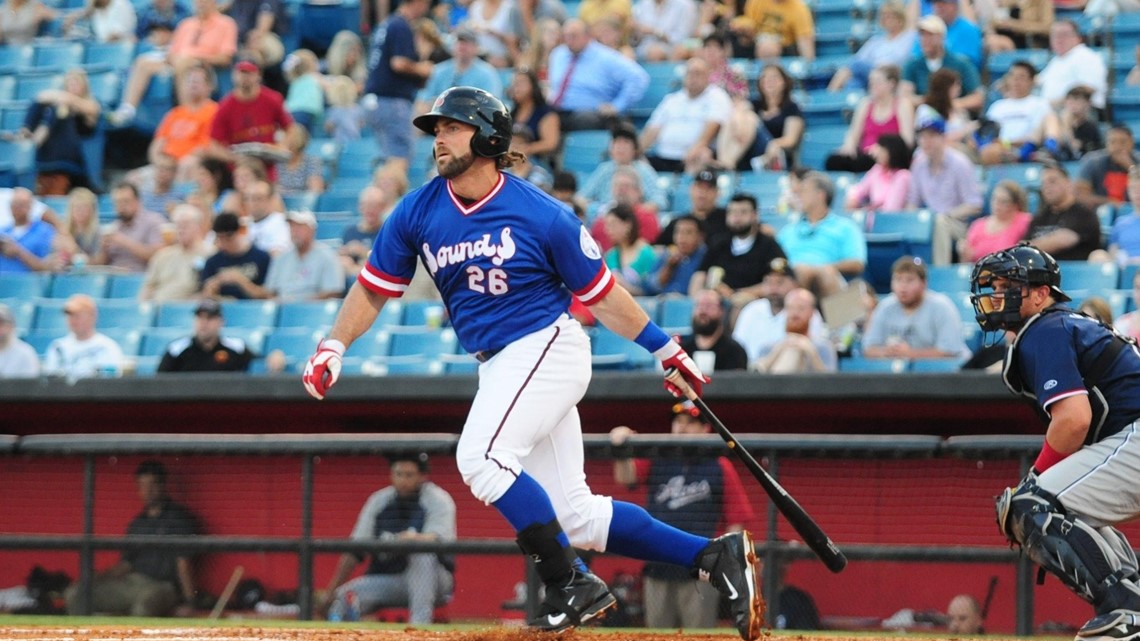
You can still see the jerseys in action during their Throwback Thursday games.
The Grizzlies paid homage to the Sounds and Memphis' ABA history back in the 2015-16 season.

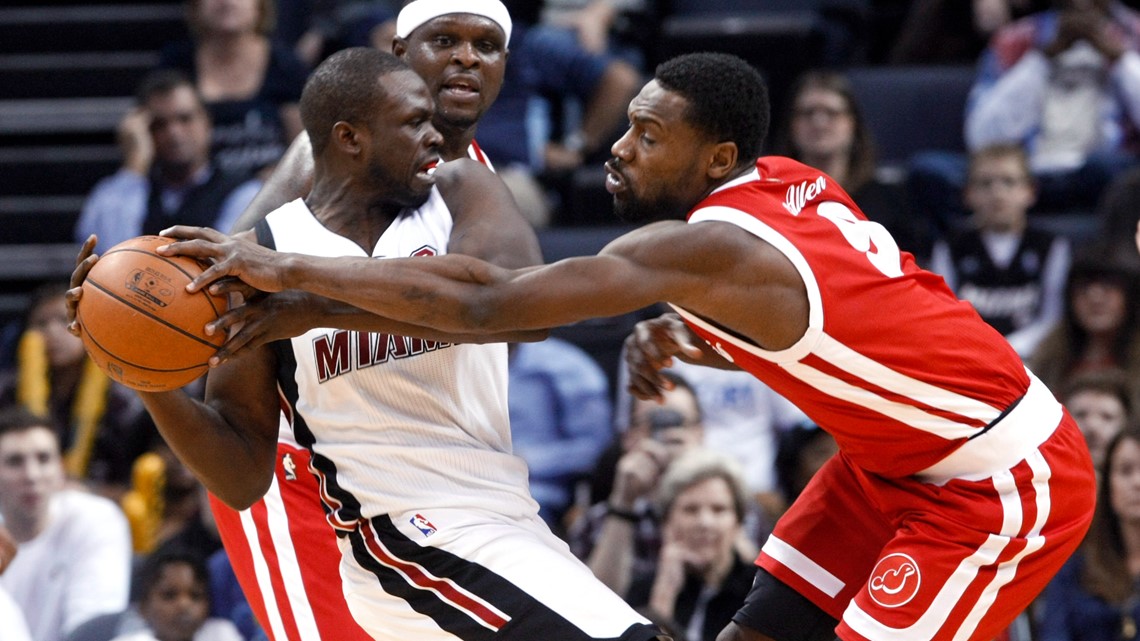
There have been rumblings amongst fans to bring the jerseys back!
Professional basketball has been a part of Memphis culture and Memphis history for decades. Now, Memphians are witnessing the most hype around our current professional basketball team—the Grizzlies.
Memphians and Grizzlies fans alike can only hope that the good times last. With a young roster, an exciting All-Star with an upcoming signature shoe and the team's first Christmas Day game, the future looks bright.


